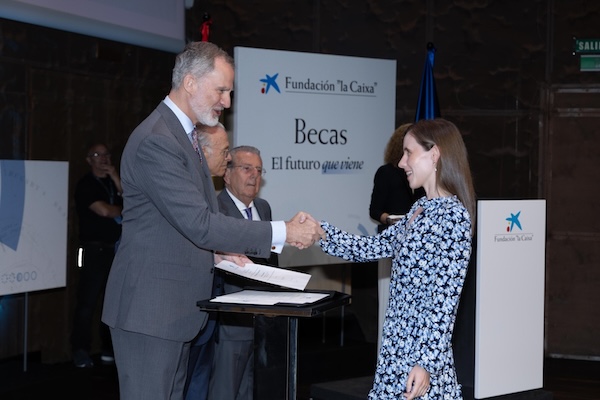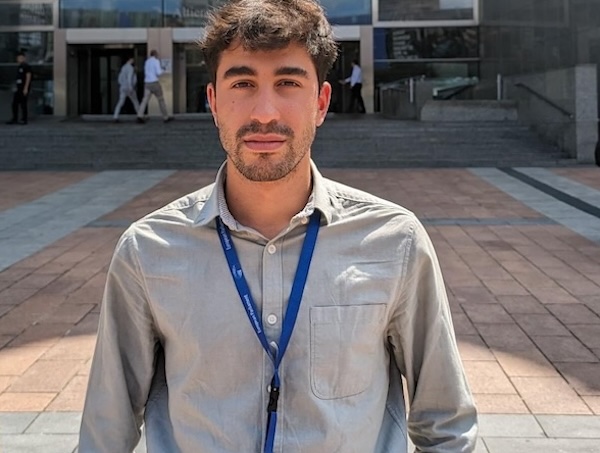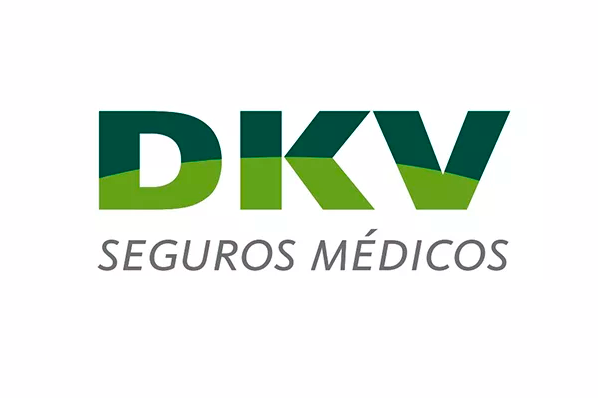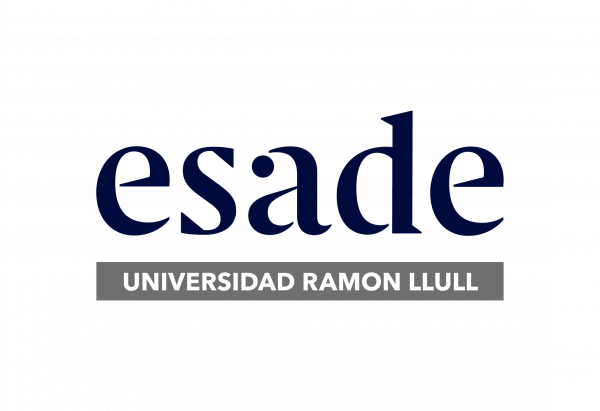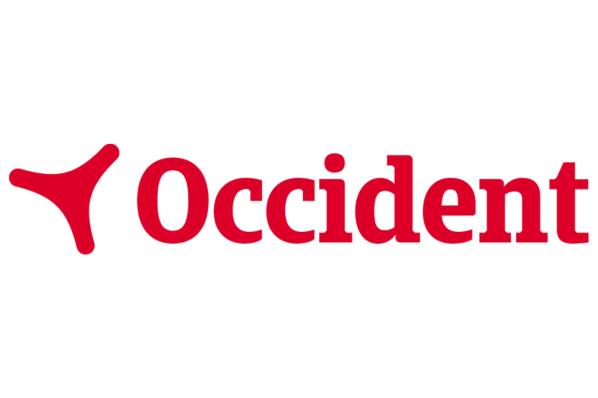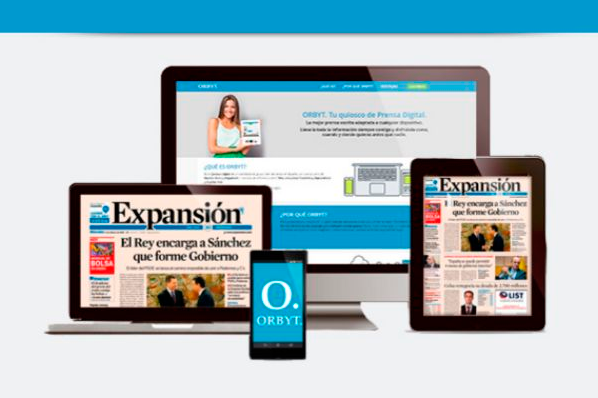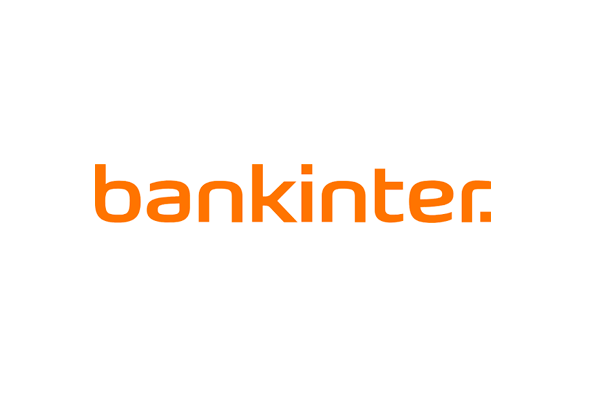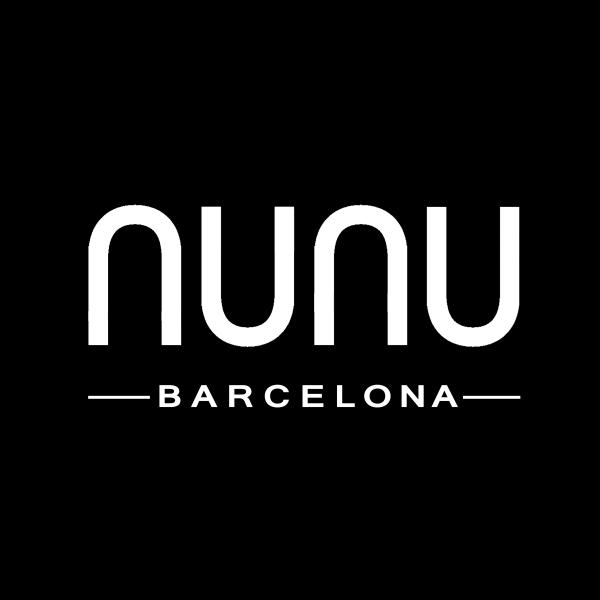Large global events are a unique opportunity for cities to transform, and Barcelona is a paradigmatic example.

Barcelona's urban, economic, and social development is inextricably linked to the major events it has hosted in recent decades. From the 1992 Olympics to the Mobile World Congress or the recent America's Cup, these events have served as the catalysts of in-depth transformations.
We are talking about not only the city's physical infrastructure – with iconic projects like the opening of the seafront, the construction of the ring roads, and the enlargement of the airport – but also a series of movements that have defined a development model that combines modernity, sustainability, and international outreach. The impact of these events goes beyond the events themselves and can be harnessed to leave a legacy that improves Barcelona inhabitants’ quality of life.
The recent America's Cup, which attracted 2.56 million visitors over the 59 days of the regatta, is a clear example of this transformation.
“Thanks to the America's Cup, Barcelona has been able to reconnect the city to the sea, renovate the urban coastline, and promote the blue economy, in addition to showing that it is a city with the capacity to organize large global events,” Jordi Valls, head of economy at the City Hall, recently said.
A digital legacy, too
But this legacy extends beyond urban planning and economics; it is also digital. After all, to host the most important sailing event in the world, the city seafront has witnessed a revolution in connectivity thanks to the partnership between the City Council and Cellnex, the neutral infrastructure operator which has yet again shown how technology can be harmoniously integrated into the urban landscape. The installation of a multioperator infrastructure comprised of strategically distributed antennas not only ensured high-quality 4G and 5G coverage during the huge event but also signaled a milestone in the sustainability of this type of project and is an infrastructure that will remain on the city's coastline after the sporting event is over.
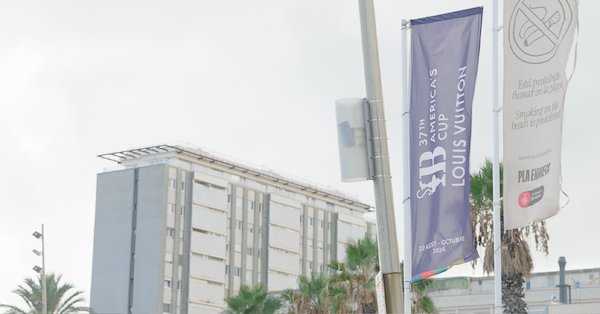
“In essence, connectivity goes far beyond technology. With a solid, reliable connection, distances disappear and experiences can be enjoyed from anywhere in the world,” claims Gonzalo García, Head of Engineering Strategy at Cellnex. And this is precisely what happened during the America's Cup: from live broadcasts to thousands of selfies and videos uploaded in real time, visitors experienced a level of connectivity that improved their experience, even at times of peak demand.
The project, which is managed from a centralized technical room, has enabled Cellnex to distribute mobile operator signals through fiber optic and small antennas strategically placed along the coast. This solution has guaranteed a robust network while minimizing the visual impact, a key detail for the City Council. “These solutions should be respectful of the urban landscape and ensure availability in the entire territory,” said Paco Rodríguez, analysis and strategy consultant at the Barcelona City Council’s Municipal Institute of Information Technology (IMI).
The success of this type of project lies partly in the joint investment model. While Cellnex covered license management and the construction of the shared infrastructure, the operators take advantage of these networks to offer high-quality services. As Rodríguez notes, this rationalization of resources is “an inexorable trend due to its economic sustainability.”
Moreover, this approach contributes to competition based on service that directly benefits users. Network densification by installing small antennas on urban elements like bus stops and newsstands is a clear example of how cities can adapt to the future without losing sight of either their history or their aesthetic.
Beyond the sports competition, the America’s Cup left Barcelona a tangible legacy in terms of connectivity and modernization. “We work on solutions that prepare our cities for the future and keep them connected,” said Gonzalo García from Cellnex. In addition to facilitating connections for the millions of people who enjoyed the event, this project laid the groundwork for a more accessible, digital, and inclusive Barcelona.
With projects like this one, Barcelona is not only reaffirming its place on the map of major global events but also positioning itself as a benchmark of connectivity and sustainability.
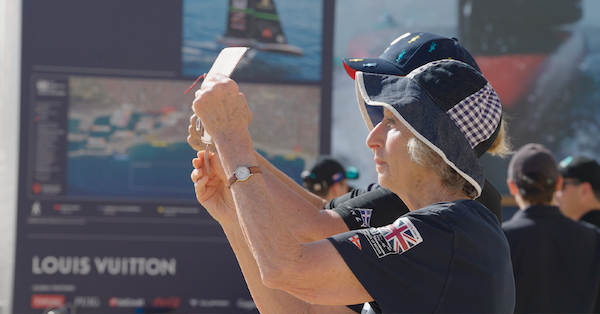
You can watch the video on the connectivity of the seafront here.






